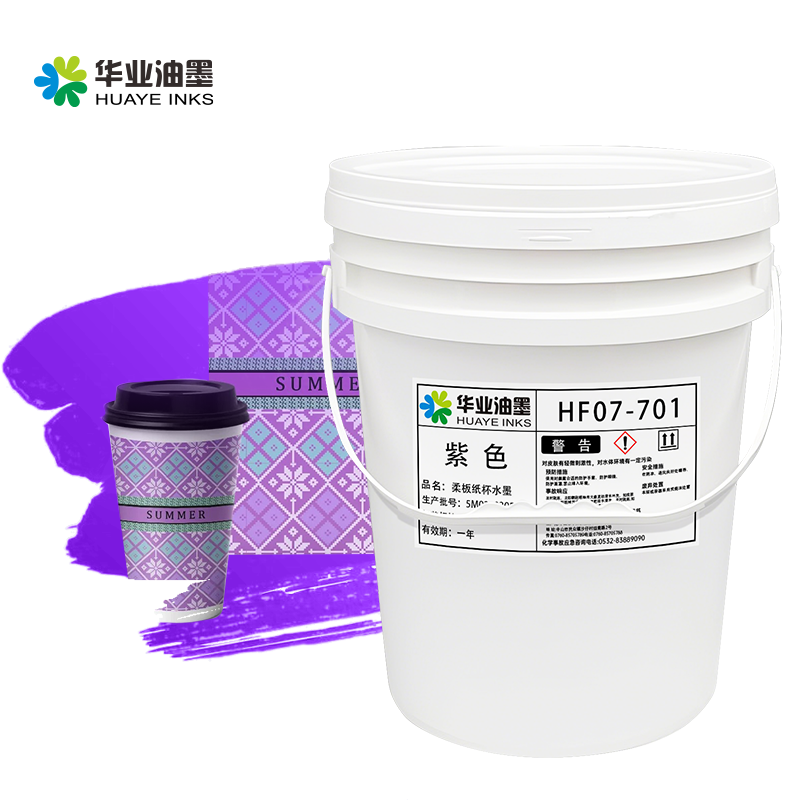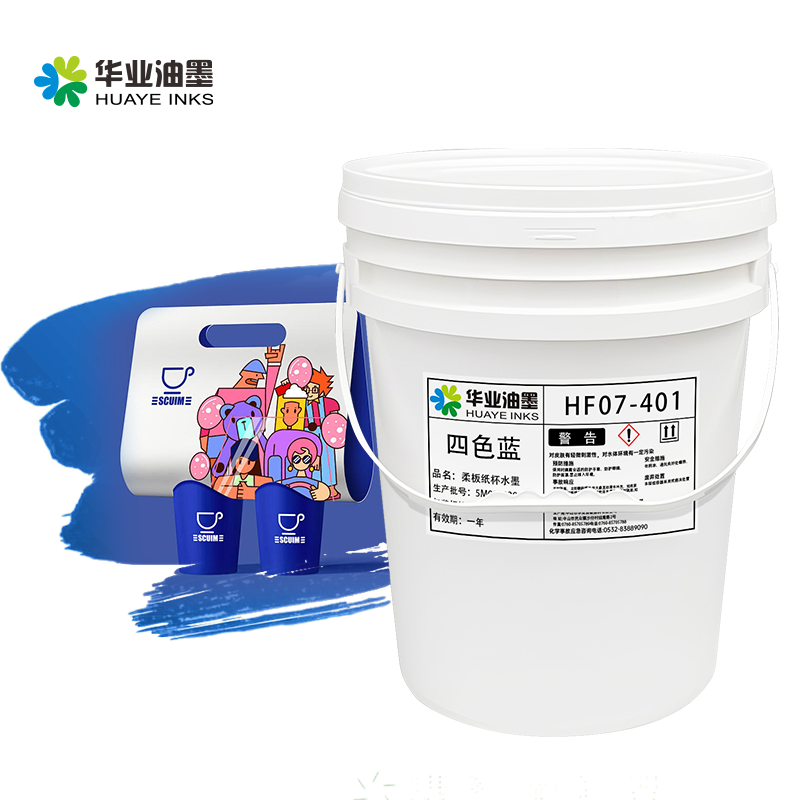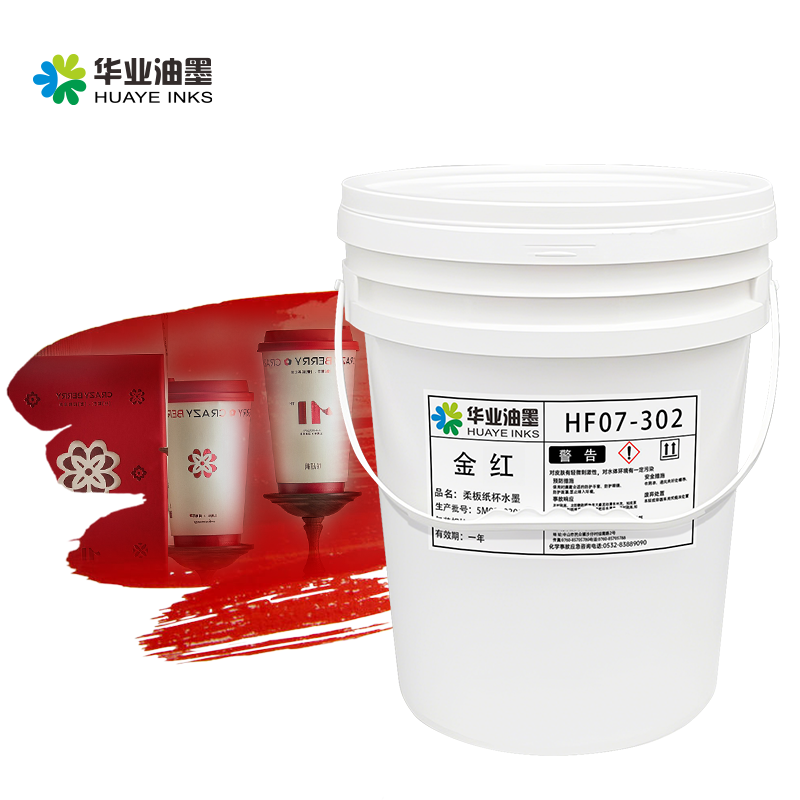No.2 Jieging Road ,Shazai industrial Park, Minzhong Zhongshan City, Guangdong Province
Eco friendly flexographic inks have emerged as a significant development in the printing industry, driven by the growing demand for sustainable printing solutions and stricter environmental regulations. These inks are formulated with a focus on reducing the environmental impact while maintaining high - quality printing performance. One of the key features of eco friendly flexographic inks is their reduced content of harmful volatile organic compounds (VOCs). Unlike traditional flexographic inks that rely on solvents with high VOC emissions, eco friendly inks use alternative solvents or formulations that emit fewer or no VOCs. This helps to improve air quality, both in printing facilities and in the surrounding environment, and reduces the contribution to ozone depletion and smog formation. Many eco friendly flexographic inks are water - based, using water as the primary solvent instead of organic solvents. Water - based inks are generally considered more environmentally friendly as they do not release harmful fumes during the drying process. They also have a lower potential for fire hazards compared to solvent - based inks. Despite using water as the solvent, modern water - based eco friendly flexographic inks can still deliver excellent print quality, with good color saturation, adhesion, and drying characteristics. Another approach to eco friendly flexographic inks is the use of bio - based materials. These inks are made from renewable resources, such as plant - based solvents and binders. By using bio - based components, the inks reduce the reliance on fossil fuels and help to lower the overall carbon footprint of the printing process. Bio - based eco friendly flexographic inks can offer similar performance to traditional inks while being more sustainable. Eco friendly flexographic inks also often incorporate recycled or recyclable components. This not only reduces the demand for virgin materials but also makes the ink more environmentally friendly at the end of its life cycle. Additionally, these inks are designed to be compatible with recyclable packaging materials, supporting the circular economy goals of the printing and packaging industries. As more businesses and consumers prioritize sustainability, the adoption of eco friendly flexographic inks is expected to increase. Manufacturers are continuously investing in research and development to further improve the performance and environmental characteristics of these inks, making them an increasingly attractive option for the flexographic printing industry.


